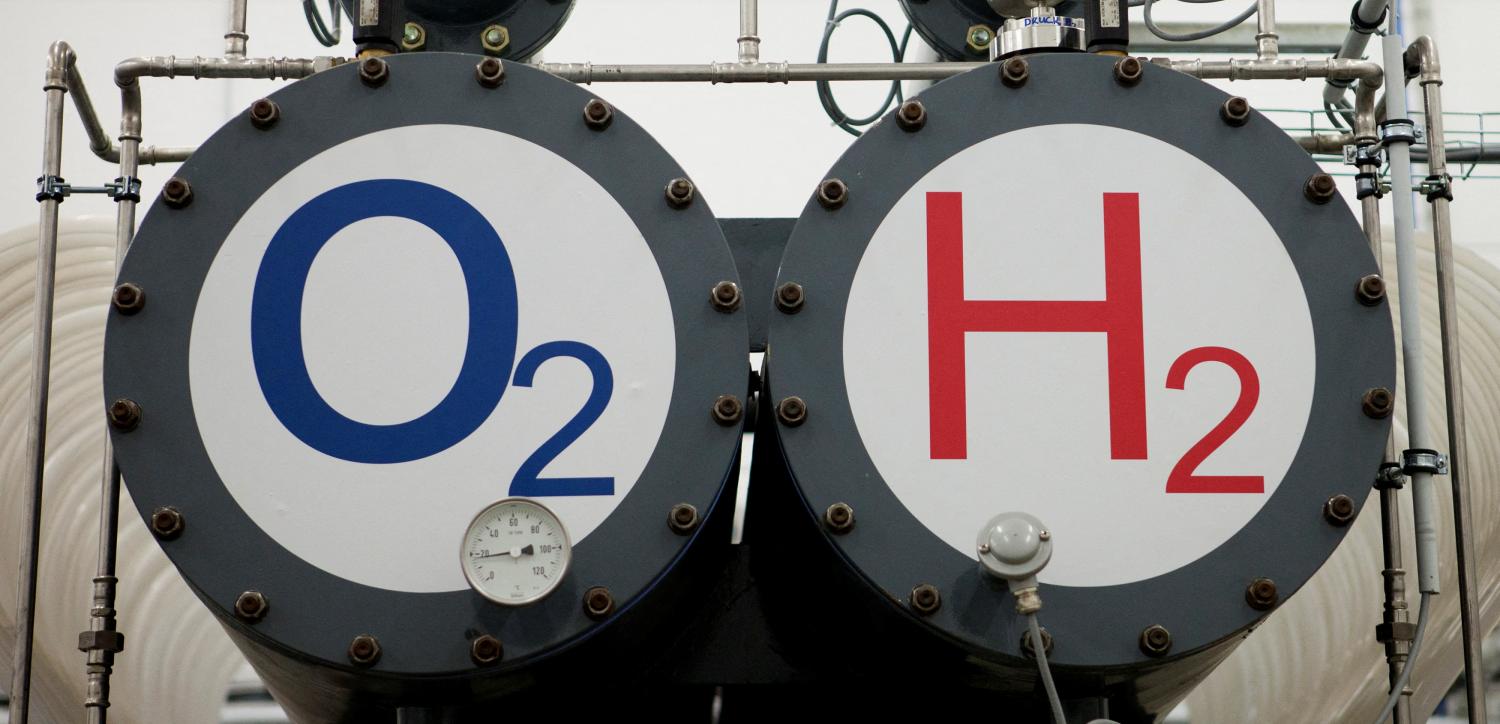
Climate change and the energy transition have made research and development (R&D) in clean energy a priority as countries aim to reach net-zero by 2050. Hydrogen has been categorically singled out as a possible source of energy in the not-too-distant future. Indeed, hydrogen has been widely used in many applications, including in refining ammonia and petroleum, and the production of methanol and synthetic fuels which have more emissions. These applications accounted for more than 93% of global hydrogen consumption in 2020.
In the Association of Southeast Asian Nations (Asean), hydrogen, mostly grey hydrogen, is utilised mainly in manufacturing processes, for fertiliser in agriculture, in methanol production, the steel industry, and in oil refineries. However, most hydrogen in use in the world today is not "green" hydrogen -- that is, it is not generated by renewable energy or from low-carbon power, which has significantly lower carbon emissions than grey hydrogen, which is produced from natural gas by steam reformation.
To create a resilient net-zero future, countries in Asean's Member States (AMSs) must aggressively promote the use of renewable energy sources, energy efficiency, and a shift to cleaner fuels. Along with the adoption of clean technologies, the use of new energy technologies such as carbon capture, usage and storage (CCUS) and hydrogen should be implemented. Hydrogen technology could play an important role as an alternative to fossil fuels and can be employed across industries, in power generation, and transport.
Several nations have begun implementing their own hydrogen strategies. Since late 2019, Brunei Darussalam has been supplying liquefied hydrogen to Japan in a pilot project, according to a study conducted in 2020 by the Economic Research Institute for Asean and East Asia (ERIA). In the same year, Malaysia built Southeast Asia's first integrated hydrogen production plant, a refuelling station, and hydrogen fuel cell–powered buses for public use in Sarawak. These have propelled both countries to the forefront of the Asean hydrogen economy.
But green hydrogen production is expensive compared to other forms of hydrogen. For example, Brunei Darussalam and Indonesia can manufacture relatively grey hydrogen -- derived from natural gas and produced from fossil fuels at $US5 (164 baht) per kilogramme and the trend of the price becomes lower, according to an Asean Centre for Energy Report in 2021. In comparison, the production cost for green hydrogen in all AMSs is reportedly higher.
In October 2022, ERIA hosted the East Asia Summit (EAS) Hydrogen Workshop, where speakers and panelists from Australia, Brunei Darussalam, China, India, Indonesia, Malaysia, New Zealand, and the International Renewable Energy Agency discussed the issues and challenges in developing hydrogen, and how EAS countries could learn from technology pioneers such as Japan, which has already established a hydrogen-receiving port and a hydrogen-fired power plant in Kobe. Particularly for the Asean countries, this is an important step towards strengthening regional collaboration amongst EAS nations.
In Indonesia, in 2020, Energy and Mineral Resources Minister Arifin Tasrif acknowledged the challenges faced by the country in adopting hydrogen, including finding ways to make the use of hydrogen economically feasible, financially appealing, and socially beneficial. According to a report by the International Energy Agency on Indonesia's Net Zero Strategy 2060, the country will utilise hydrogen by 2050, aimed at reducing its emissions by a quarter through several technologies, including the use of hydrogen and hydrogen-based fuels. As the report indicated that the cost of making hydrogen from renewable sources is falling, this could boost large-scale hydrogen production in Asean.
Hydrogen technology in Indonesia remains in the pilot research project stage. During Indonesia's Group of Twenty (G20) presidency in 2022, sessions were devoted to exploring the potential of a hydrogen market in the country. Pertamina, Indonesia's state oil and gas company recently announced its plans to start producing green hydrogen fuel for the Ulubelu geothermal site in 2023, with a daily production rate targeted at 100kg.
Even though plans to develop green hydrogen in Indonesia have been in place for some years, challenges remain. Among these challenges are regulations, high costs for green hydrogen production, the slow development of hydrogen infrastructure, and hydrogen supply remaining primarily derived from natural gas and coal.
Policy approaches are imperative to overcome the challenges and to build the hydrogen market in the country. Key aspects that need to be considered in unlocking Indonesia's hydrogen potential include:
Establishing a national hydrogen strategy and policies to spur private sector investment in hydrogen infrastructure. A carbon tax policy could be implemented to phase out fossil fuels and boost green hydrogen production, storage, and transport capacity.
Developing a potential market and demand to ensure the production cost of green hydrogen remains competitive. Only when affordable can this technology open worldwide markets and solve hydrogen supply chain issues.
Starting the greening process of hydrogen in industries that already rely on hydrogen, such as those refining and manufacturing ammonia and methanol, is more likely to be cost-effective and less vulnerable to uncertainties. Launching green hydrogen pilot projects, such as producing it from surplus electricity generated by variable renewable resources including solar photovoltaic and wind. In this production pathway, hydrogen plays the role of a battery, thus facilitating the penetration of renewable electricity.
The development of hydrogen-related infrastructure projects is a necessary step in decarbonising an economy. Access to technology, R&D, training, capacity building, and affordable financing might be key to realising hydrogen's full potential.
If the government of Indonesia takes into account the above points, hydrogen could be used to help Indonesia and Asean reduce carbon emissions and realise the goal of carbon neutrality.
Citra Endah Nur Setyawati is a Research Associate at Economic Research Institute for Asean and East Asia (ERIA). Alloysius Joko Purwanto is Energy Economist, ERIA. Disclaimer: Opinions are entirely those of the authors and may not in any circumstances be regarded as stating an official position of the ERIA.